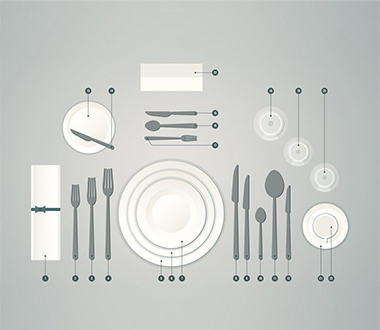Your meal will be served by robots rather than waiters!
A robot taking orders, serving the meal, and telling guests to enjoy their meal in your restaurant? A new reality we can start preparing for today.
Who came up with this idea?
Robot waiters are made by several companies. Usually they look like a storage space with shelves where you can put the dishes. Where the robots differ, though, is their appearance and features. For the first time, they were introduced in Japan in 2015 by Softbank Robotics. Since then they became widespread all over the world and today one can encounter them in restaurants across Europe, Asia, Northern America and in other countries.
At present, there are several companies manufacturing robot waiters for the HORECA industry. Chief among them are Softbank Robotics, Savioke, Bear Robotics, Naver, LG and RoboCafe. These companies manufacture robots capable of communicating with humans and adapting to their needs, recognising orders and working non-stop without the need for any breaks.
What makes them tick?
For example, Bella is a robot waiter designed by Pudu Robotics that looks like a cat. It can carry four trays and features a touchscreen and an infrared camera, allowing it to navigate the dining room. An employee will place the meals on one of the trays, enter the table number and Bella will deliver the warm fresh meal.
When Bella arrives at the table she will make customers aware of her presence. The customer confirms the order was delivered and Bella returns to the kitchen. Bella not only looks like a cat, she behaves that way too. After taking their tray, customers may pet the robot behind the ears.

What are their advantages and disadvantages?
Robots are often a cost-efficient solution to labour shortages and can even increase your profit margin. Robots also make fewer mistakes when delivering orders. In comparison to their human counterparts they can often carry more orders in one trip. They also relieve the staff, allowing them to communicate more with the customers.
The use of robot waiters, however, also comes with certain disadvantages. While some customers may enjoy the experience, others, in particular older customers, can be discouraged by them. Besides that, the staff operating these robots will also require certain training. The robots are unable to react to customer requests the same way a human waiter can. For example, when the robot brings the meal to the table and the customer notices that something is not in order, they will have to call a human waiter to fix things. This can lead to discontent as the customer will have to take extra steps to get what they ordered.

Each restaurant owner will have to decide for themselves whether to use robot waiters or not. Even though there are many good reasons to jump on this bandwagon (in particular when labour shortages are a constant issue), this trend is not for everyone.
Don't forget to subscribe to our newsletter to receive more tips and insights from different areas of business.



